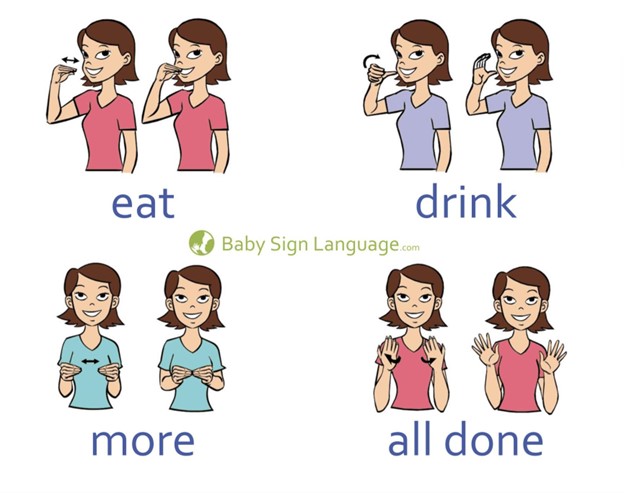
Baby Sign Language: A Bridge to Communication
Introduction
The world of communication is vast and ever-evolving, with countless languages and dialects spoken across the globe. However, for infants and toddlers, the ability to express themselves verbally can be a significant challenge. Baby sign language, a form of communication that utilizes gestures and signs, offers a bridge to communication, empowering young children to convey their thoughts and needs before they can speak.
What is Baby Sign Language?
Baby sign language is a simplified form of sign language specifically designed for infants and toddlers. It involves using hand gestures and facial expressions to represent words and concepts. Unlike traditional sign language, which is used by deaf and hard-of-hearing individuals, baby sign language is primarily used as a supplement to verbal communication.
Benefits of Baby Sign Language
Research has consistently demonstrated the numerous benefits of baby sign language, including:
- Enhanced Communication: Signs provide infants with a way to express themselves before they can speak, reducing frustration and improving communication between caregivers and children.
- Cognitive Development: Signing requires coordination and memory, stimulating cognitive development and promoting problem-solving skills.
- Language Development: Baby sign language exposes children to language patterns and vocabulary, fostering language acquisition and literacy skills.
- Bonding: Signing together creates a special bond between caregivers and children, promoting attachment and nurturing a positive learning environment.
- Reduced Tantrums: By providing a means of communication, baby sign language can help prevent tantrums and meltdowns, as children can express their needs and desires without resorting to crying.
How to Teach Baby Sign Language
Teaching baby sign language is a gradual process that requires patience and consistency. Here are some tips for getting started:
- Start Early: The ideal time to introduce baby sign language is between 6 and 9 months of age, when infants are beginning to develop their fine motor skills.
- Keep it Simple: Start with a few basic signs, such as "milk," "more," and "sleep." Gradually introduce new signs as your child’s vocabulary expands.
- Use Signs Consistently: Incorporate signs into your daily interactions with your child. Sign while talking, reading, and playing.
- Make it Fun: Engage your child in signing games and activities. Use puppets, songs, and interactive toys to make learning enjoyable.
- Be Patient: Learning sign language takes time and practice. Don’t get discouraged if your child doesn’t pick it up immediately.
Common Baby Sign Language Signs
Some of the most common baby sign language signs include:
- Milk: Make a fist with your thumb extended and move it towards your mouth.
- More: Extend your hand with your fingers spread apart and move it up and down.
- Sleep: Place your hands together with your thumbs touching and move them up and down.
- Eat: Bring your hand to your mouth and pretend to eat.
- Play: Cross your arms in front of your chest and move them up and down.
Conclusion
Baby sign language is a powerful tool that can bridge the communication gap between infants and toddlers. By providing a means of expression before verbal language develops, it enhances communication, fosters cognitive development, and strengthens the bond between caregivers and children. With patience, consistency, and a playful approach, parents and caregivers can unlock the potential of baby sign language and empower their young ones to communicate their thoughts and needs.
